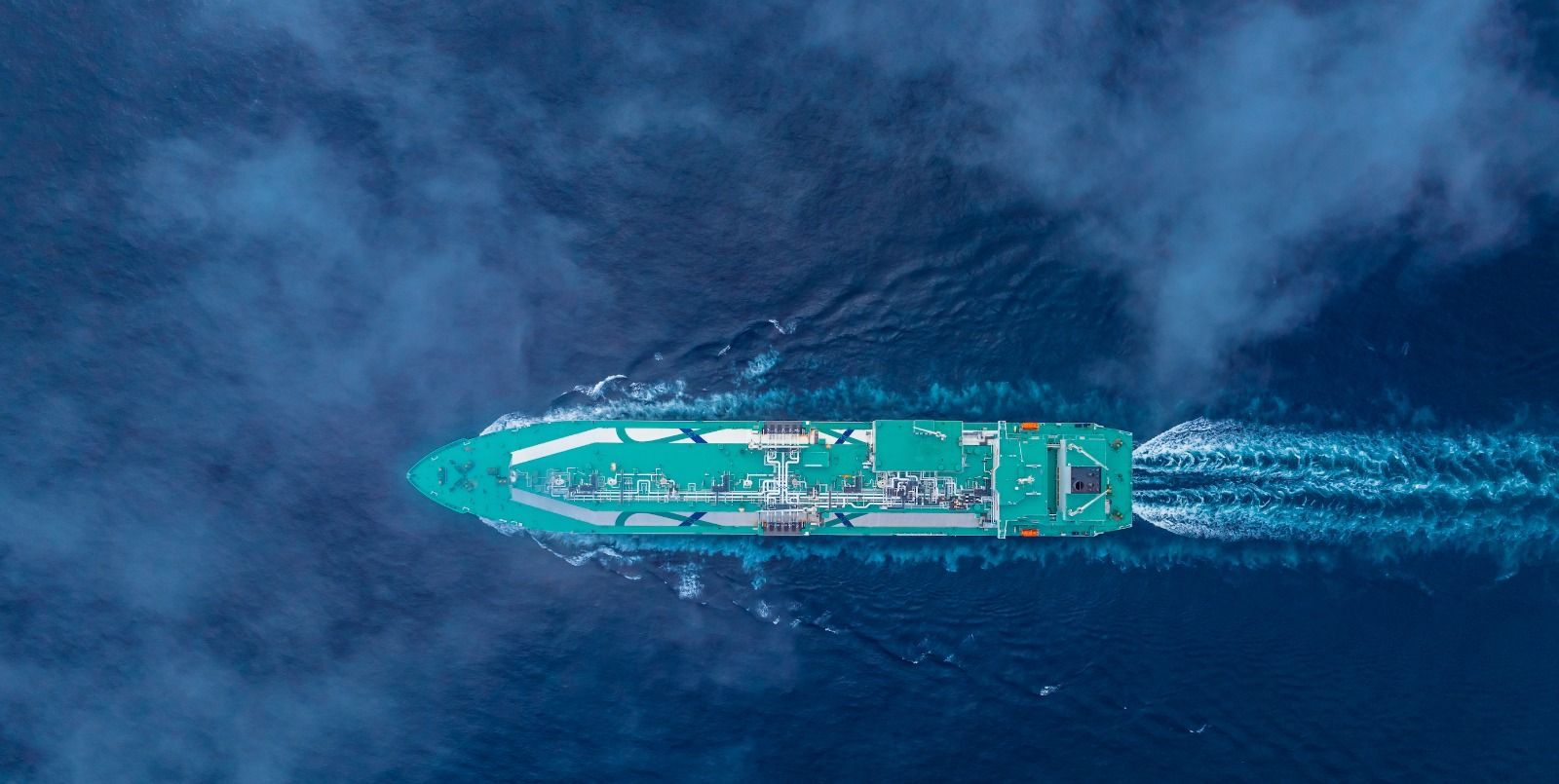Evolution of LNG Main Refrigerant Compression Technology and Configurations in the Last Decade.
In recent decades and years, the liquefied natural gas (LNG) industry has evolved, adapting to priorities like efficiency, sustainability, time-to-market. Providing main refrigerant compression equipment for most of LNG plants globally, the author’s OEM has supported the industry in all its technology milestones, proving to be essential throughout its transformation. The OEM compression technology has evolved through a relentless research and development activity, providing the options to support the main trends in the current LNG market scenario, e.g.: a) compressors for mid-scale modular solutions, b) large single-casing compressors for increasing size single-mixed-refrigerant (SMR) processes up to 2 MTPA/train, c) compact “high pressure-ratio compressor” for compressing methane in the ConocoPhillips OCP process with a single casing, d) electrified solutions, e) Floating LNG (FLNG) compression trains, f) compressor re-bundling for LNG production debottlenecking. The optimization of casing sizes, side-stream mixing configurations, new impeller designs, and more accurate performance predictability have enabled the design of compressors for very high actual flow and power, with unprecedented efficiency and reliability. Features like movable Inlet Guide Vanes (IGV) on main refrigerant compressors, which in the early phases of LNG industry were considered unnecessary and potential source of unreliability, have been successfully introduced with operational benefits.
This article presents in detail the main advancements in compression technology describing the evolution of compression train arrangement, driven and driver equipment and the developments of mechanical and aerodynamic design and manufacturing technologies achieved using advanced tools (CFD, FEA) and rigorous implementation of lessons learned.
Some case studies will be presented in more detail, including:
a) LNG mega trains: Advanced technologies and optimization have enabled single-stage efficiency to be increased up to 6% since the first trains of the series. New robotic welding techniques guarantee lower cost, highest quality, and shorter manufacturing lead times. BH Power Density program enhanced rotor dynamics and reduced casing sizes. Leveraging the latest manufacturing technologies, the compression trains weigh less, and require less raw materials, which reduces CO2 emissions during production by up to 10%. Design improvements also optimize HSE aspects, simplify maintenance, while the machines’ smaller footprint and diameter facilitates installation and maintenance ergonomics.
b) Centrifugal compressor for 2-MTPA NMBL™ liquefaction module. This is a large size large power (up to 70 MW) compressor enabling 2 MTPA production with a single back-to-back compressor casing, configured ad-hoc to optimize efficiency and to manage bundle weight for maintenance. As a result, the overall train configuration is greatly simplified.




)
)
)
)
)
)
)
)
)
)
)
)
)
)
)
)
)
)
)
)
)
)
)
)